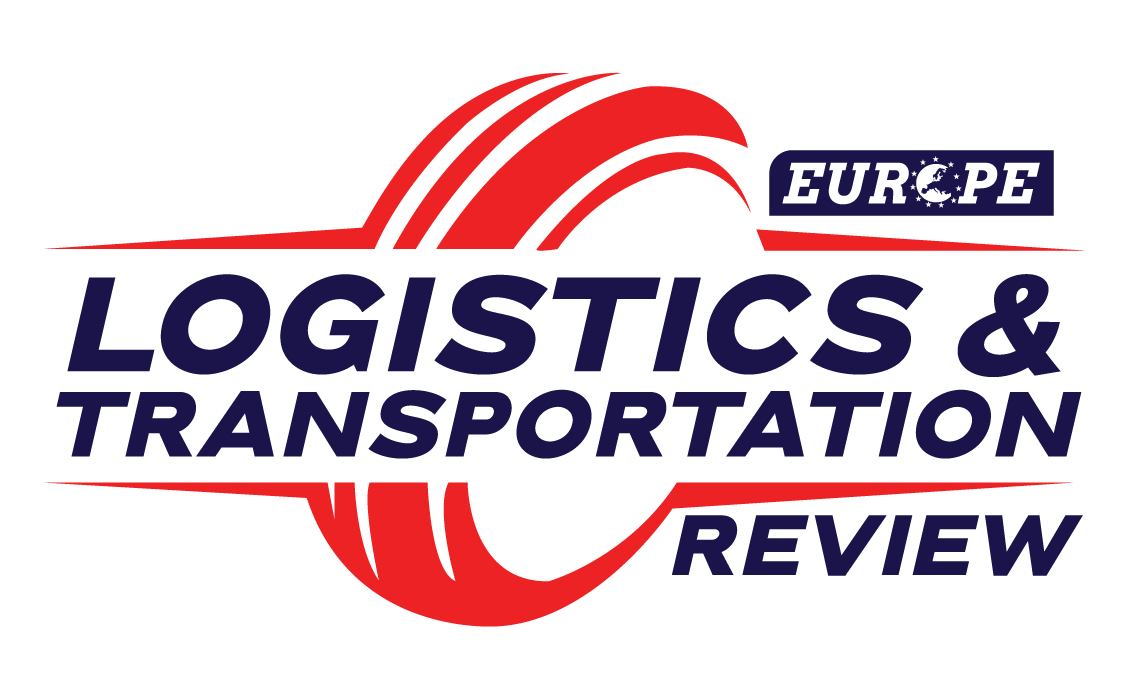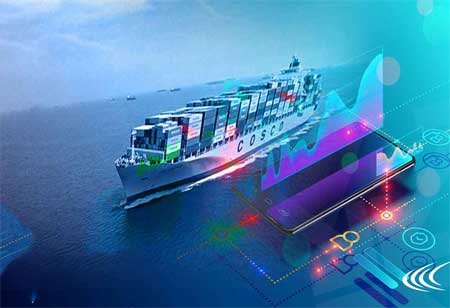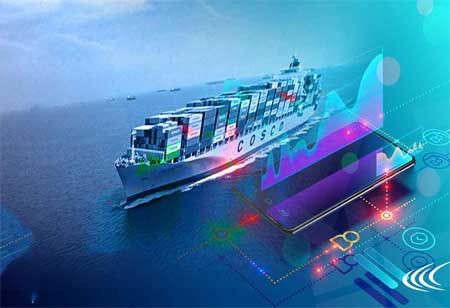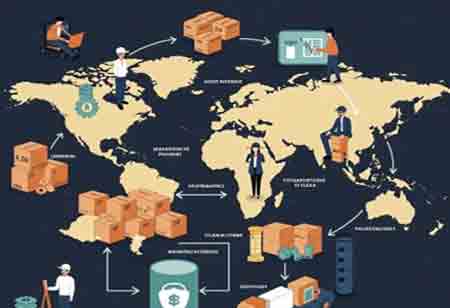THANK YOU FOR SUBSCRIBING
THANK YOU FOR SUBSCRIBING

By
Logistics Transportation Review | Monday, September 08, 2025
Stay ahead of the industry with exclusive feature stories on the top companies, expert insights and the latest news delivered straight to your inbox. Subscribe today.
Fremont, CA: The logistics sector has historically faced numerous challenges, including fragmented infrastructure, unpredictable transit times, and inconsistent access to data. However, it is now entering a more intelligent and responsive phase. Previously characterized by reactive decision-making and last-minute adjustments, the sector is increasingly guided by advanced intelligent systems that are designed to anticipate, adapt, and optimize operations.
This transition is not centered around futuristic concepts; rather, it focuses on addressing complexity with clarity. Artificial intelligence is emerging as a practical force within the industry, not with the intent of displacing workers or overhauling established processes, but rather to enhance the logistics movements that sustain regional economies. In this context, human insight is amplified rather than replaced, resulting in systems that facilitate the movement of goods becoming more aware, precise, and aligned with the distinct challenges faced within the region.
Enhanced Visibility and Smarter Coordination
Inconsistencies in real-time tracking have often left logistics operations in a state of partial awareness. AI helps solve this by interpreting massive amounts of data from ports, shipping lanes, warehouses, and fleet systems to produce a single, clear operational picture. Rather than relying on disconnected data points, operations can now view the entire chain with a level of clarity that encourages better planning and faster reaction times. This improved visibility does more than simplify; it strengthens communication, aligns priorities across teams, and reduces the likelihood of surprises. For a region as geographically and economically diverse as APAC, the ability to harmonize operations through shared insights can be the difference between profit and loss.
Adaptive Routing and Operational Fluidity
Freight movement in APAC often involves navigating through dense urban corridors, remote regions, and ports with limited capacity. When route disruptions occur, whether from road closures, weather events, or regulatory hold-ups, manual systems often fall short. AI offers a flexible alternative, recalculating routes on the fly using live updates and predictive analysis. This allows shipments to avoid delays without compromising cost efficiency. Unlike static schedules that crumble under pressure, AI-powered logistics evolves in real time, enabling decisions that keep goods moving, even when conditions shift. As a result, logistics operators gain more than speed; they gain control in unpredictable environments.
Resilience Through Predictive Insight
Unexpected delays, mechanical breakdowns, or sudden volume spikes can stall operations without warning. AI mitigates this by monitoring patterns that indicate stress or inefficiency, such as recurring delays at transfer points or declining warehouse throughput. These indicators trigger proactive responses, such as pre-emptively shifting inventory or scheduling maintenance before a failure occurs. In this way, AI supports not only continuity but also strategic foresight. By addressing issues before they escalate, logistics providers build resilience, turning potential breakdowns into manageable adjustments. This long-term strength supports sustainable performance across varying demand cycles.
I agree We use cookies on this website to enhance your user experience. By clicking any link on this page you are giving your consent for us to set cookies. More info





